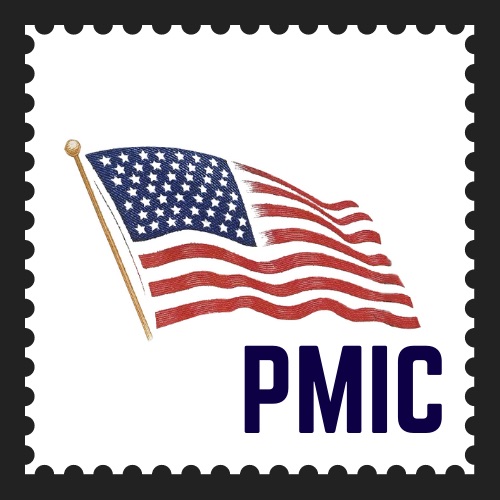26th May 2015
Multi-Dimensional 3D Printing Could Change Our World
Multi-Dimensional 3D Printing Could Change Our World
When an engineer named Chuck Hall first dreamed up the idea of actually printing three-dimensional objects back in the early 1980s, it seemed more like the product of a science fiction movie plot than any practical idea. Now, however, 3-D printing -- which involves sending a 3-D design to a specially-designed machine which piles layers of raw materials onto one another -- has not only become a reality, but offers the promise of remaking world as electricity, factory assembly lines, and the computer have done. Besides drastically cutting the time it takes to design and then build a product, 3-D printing can remake or create complex shapes, structures and designs that previously just weren't possible before. That may hasten the demise of assembly lines, factories and engineering services as they wouldn't necessarily be needed at all for someone who could design and instantly "print up" their own working prototype of anything from clothing to jet engines to prosthetics.
The practicality and feasibility of 3-D printing is already proven, as big companies such as General Electric and Ford are using the printers to design and create things from engine covers to jet aircraft fuel nozzles.
Custom-designed and fitted clothing has already been successfully created via 3-D printing. The 2013 Victoria's Secret fashion show featured a model wearing a glittering, snowflake-designed outfit which had a corset, wings and headpiece all made from nylon. The same can be said for prosthetic limbs and parts, which can be made to be cheaper and better-fitting due to the exacting nature of 3-D printing. Instead of thousands, researchers and designers have already been able to fashion limbs for about $100 each.
Make-your-own replacement parts for almost anything are also possible now, thanks to 3-D printing. Long-gone toys or automobile parts that are no longer made or carried by parts stores could be designed and built at home. That goes for edible things as well, allowing for a wide range of possible designs, shapes, and sizes of candies.
Everything from houses to artificial duplicates of human body parts can be created quicker, easier and cheaper with the advent of 3-D printing. With complex structures of certain parts such as vascular systems of livers or kidneys previously difficult for researchers to grow in labs, now they could become readily able to reproduce via bio-printing, where human cells are harvested, multiplied in the lab, and then used to create biological ink printers can spray to form organs and parts. Scientists and medical professionals hope to someday be able to arrange cells so exactingly that printers will allow them to mimic.
From potential life-saving applications to potentially life-taking.... Other potential uses could aid killers or terrorists, who could cheaply design and create non-metallic firearms capable of evading metal detectors and other means for determining if someone is armed.
At least for now, the potential uses and extended applications of this new printing technology is only limited by the imaginations of those using it.
